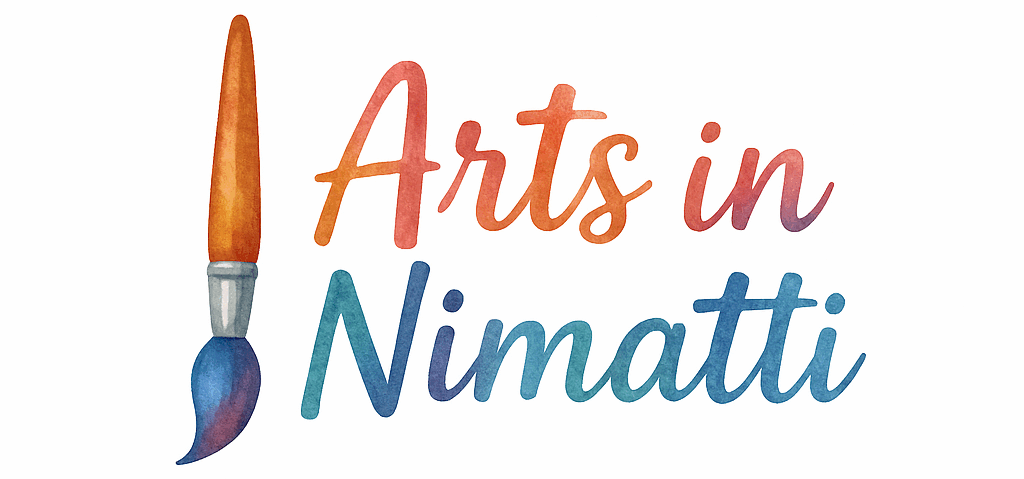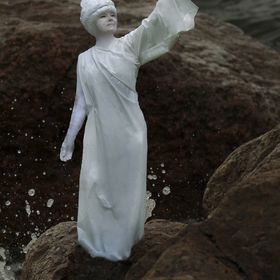Introduction to Artistic Mastery
Let’s be real—art isn’t just about throwing paint on a canvas or sketching what you see. It’s a craft, a language, and like any language, it has rules that guide your expression. If you’re a beginner or even an experienced artist who wants to level up, there are 5 artistic principles that you absolutely must master first.
These principles form the backbone of good art, no matter your medium. Whether you’re working with watercolor, digital tools, oil paints, or charcoal, mastering these foundations is key to creating powerful, meaningful work.
Want to expand your artistic foundation even more? Check out our art education resources for in-depth guides.
Principle 1 – Mastering Composition
Composition is the heartbeat of every visual piece. It’s the layout of elements in your work—and a well-composed artwork can capture attention and lead the viewer through the piece with intention.
The Rule of Thirds
This classic tool divides your canvas into nine equal parts. Placing focal points at the intersections makes the composition more dynamic. Ever notice how your eye goes straight to a certain area in great artwork? That’s not by accident—it’s composition.
Leading Lines
Lines that guide the viewer’s eyes through a piece create visual flow. Think roads, arms, fences—all leading to your subject.
Balance and Harmony
Use symmetry or asymmetry to distribute visual weight evenly. A well-balanced composition feels pleasing and complete.
For tips on how professionals apply this, head to our art techniques section.
Principle 2 – Understanding Color Theory
Colors can make your piece scream, whisper, or sing a lullaby. Learning how colors interact is a total game-changer.
Primary, Secondary, and Tertiary Colors
Know the building blocks: red, yellow, blue (primary), then mix to discover the rest.
Color Harmony and Mood
Analogous? Complementary? Triadic? Each scheme sets a different tone. Artists use color harmony to express emotion and meaning. Want to learn how this affects viewers? Browse our inspiration library.
Warm vs. Cool Colors
Warm colors (red, orange) evoke passion or energy, while cool colors (blue, green) calm and soothe. The temperature of your palette impacts mood and story.
Principle 3 – Light and Shadow (Chiaroscuro)
Without light, there’s no visibility. Without shadows, there’s no depth. Mastering light and shadow creates realism and mood.
Why Light and Shadow Matter
Light gives form to your subjects. Shadows define space and add contrast.
Highlights and Core Shadows
Spotting the brightest and darkest parts of your subject gives your art 3D qualities—even on a flat canvas.
Using Light to Create Drama
Dramatic lighting (think Rembrandt!) can elevate a simple subject into something emotionally powerful.
Explore more in our painting tips tag.

Principle 4 – Perspective and Depth
Want your drawing to pop off the page? Learn perspective.
One-Point Perspective
Great for city streets, rooms, and objects seen from straight on. One vanishing point rules the scene.
Two-Point and Three-Point Perspective
Adds complexity. Think corners, skyscrapers—useful for dynamic compositions.
Atmospheric Perspective
Objects fade with distance. Add bluish tones, less contrast, and lighter values to create depth.
This is where the art history tag comes in handy—learn how classical artists used these tools.
Principle 5 – Mastering Form and Shape
Form and shape are about understanding volume and structure.
Breaking Down Objects into Basic Shapes
Cylinders, cubes, spheres—these are your friends. Breaking things down helps simplify and understand structure.
Organic vs. Geometric Forms
Organic = flowing, natural. Geometric = structured, angular. Each has a place in your visual storytelling.
Understanding 3D Forms on a 2D Surface
Using shading, overlap, and contour lines makes forms leap off the canvas.
Check out the art tutorial tag for guides.
The Synergy of All Five Principles
Imagine your artwork as a band—each principle is an instrument. On their own, they sound okay. But together? Magic. Once you combine color, form, composition, perspective, and light, your work will start to sing.
Applying These Principles to Your Art Practice
Sketch Daily with Intention
Don’t just draw—analyze what you’re doing. Apply the principles consciously.
Study from the Masters
Learn from those who’ve nailed these fundamentals. Visit our artist lifestyle section for insight.
Critique and Feedback
You can’t grow in a vacuum. Join communities and get feedback.
Explore our creative habits and art classes tags to build consistent study practices.
Resources to Deepen Your Artistic Knowledge
Books, Blogs, and Online Classes
Stay curious. The more you learn, the better you’ll create.
Art Communities and Forums
Surround yourself with people who understand the struggle and joy of making art.
Using Inspiration from Everyday Life
Art doesn’t only live in galleries. It lives in sunsets, coffee mugs, and messy rooms.
Find more on idea generation and creativity.
Conclusion
So, where do you begin? Start with these five principles. Master them. Build from them. They’ll become your artistic GPS, guiding your every brushstroke and sketch line.
Ready to go deeper? Visit Arts in Nimatti for more inspiration, techniques, and lifestyle tips that fit every creative journey.
FAQs
1. What’s the most important artistic principle to learn first?
Start with composition—it controls how everything else comes together.
2. How can I improve my color theory skills?
Experiment with color wheels, try digital painting apps, and check out art education.
3. Can you learn perspective without going to art school?
Absolutely. Tons of online resources and the art tutorial tag make it accessible.
4. What’s chiaroscuro and why is it important?
It’s the contrast of light and dark to add volume and emotion to your art.
5. How do professional artists stay inspired?
They travel, read, and use platforms like art travel and inspiration.
6. Should I build an art portfolio early?
Yes! Start compiling your best work early. Visit our art portfolio tag.
7. Can I make money as an artist once I master these principles?
Definitely. Explore art business and online art sales for how-tos.


